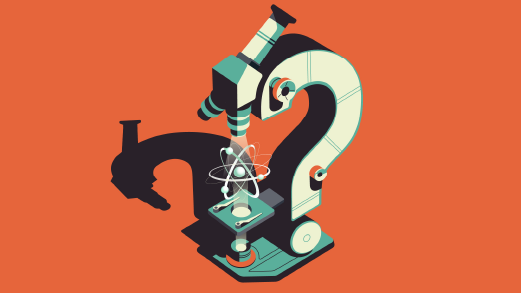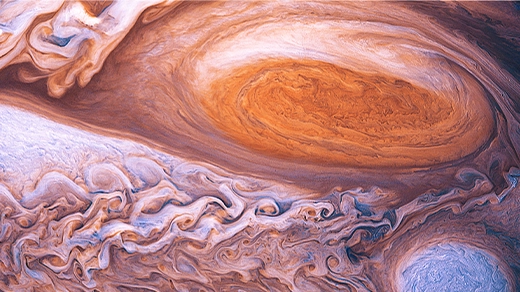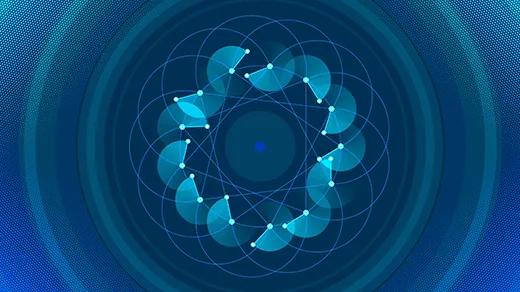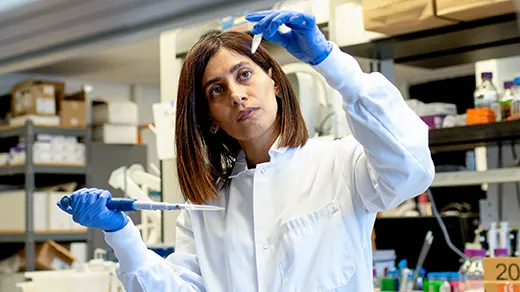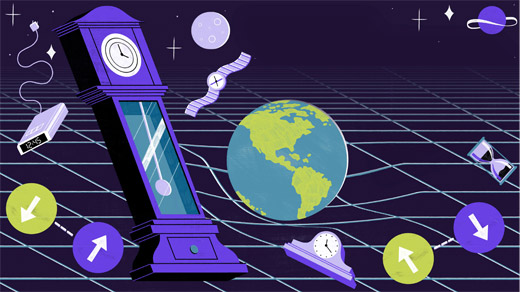What's up in
Emergence
Latest Articles
How a Biofilm’s Strange Shape Emerges From Cellular Geometry
Micro decisions can have macro consequences. A soft matter physicist reveals how interactions within simple cellular collectives can lead to emergent physical traits.
How Is Science Even Possible?
How are scientists able to crack fundamental questions about nature and life? How does math make the complex cosmos understandable? In this episode, the physicist Nigel Goldenfeld and co-host Steven Strogatz explore the deep foundations of the scientific process.
The New Math of How Large-Scale Order Emerges
The puzzle of emergence asks how regularities emerge on macro scales out of uncountable constituent parts. A new framework has researchers hopeful that a solution is near.
How Is Flocking Like Computing?
Birds flock. Locusts swarm. Fish school. From chaotic assemblies of life, order somehow emerges. In this episode, co-host Steven Strogatz interviews the evolutionary ecologist Iain Couzin about how and why collective behaviors arise.
What Is Quantum Teleportation?
Teleporting people through space is still science fiction. But quantum teleportation is dramatically different and entirely real. In this episode, Janna Levin interviews the theoretical physicist John Preskill about teleporting bits and the promise of quantum technology.
New Proof Shows That ‘Expander’ Graphs Synchronize
The proof establishes new conditions that cause connected oscillators to sway in sync.
Starfish Whisperer Develops a Physical Language of Life
Nikta Fakhri is adapting and extending concepts from physics to describe how tiny biological components give rise to living organisms.
Where Do Space, Time and Gravity Come From?
Einstein’s description of curved space-time doesn’t easily mesh with a universe made up of quantum wavefunctions. Theoretical physicist Sean Carroll discusses the quest for quantum gravity with host Steven Strogatz.
How Mathematical ‘Hocus-Pocus’ Saved Particle Physics
Renormalization has become perhaps the single most important advance in theoretical physics in 50 years.

